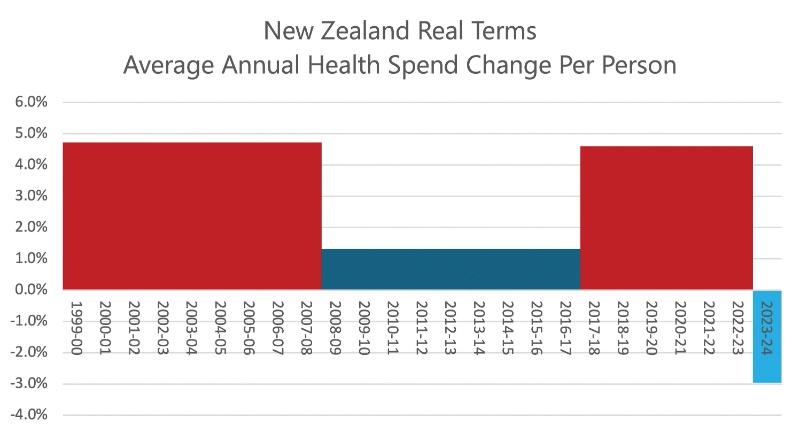Hunt For Rogue Rat Steps Up On Motutapu

Efforts to remove a rat from pest-free Motutapu Island have been stepped up as nesting season draws closer for several species.
The joint Department of Conservation and Ngāi Tai Ki Tāmaki response began when a DOC ranger spotted a rat on the island in late April.
Based on camera footage, only one rat is suspected to be present, although there could potentially be more. Additional tracking tunnels, cameras, and conservation dogs have been deployed, alongside a variety of baits in and around traps.
As the rat (or rats) is avoiding traps, DOC has adopted another strategy of selectively placing the toxic bait brodifacoum in bait stations or discrete locations around the island.
DOC Inner Hauraki Gulf Islands Operations Manager Kat Lane says it is crucial to keep Motutapu pest-free.
“The island is of high conservation value, and is actively used for threatened species recovery programmes,” says Kat. “Species such as tūturuatu/shore plover, takahē, and Coromandel brown kiwi all rely on Motutapu remaining pest-free.
“This rat is a threat to the seven critically endangered tūturuatu we have on the island, as the birds are especially susceptible to mammalian predation. A planned translocation of juvenile captive-bred birds on to the island has been paused while we eradicate the rat.”
There is increasing urgency around the response, as a range of sea and shore birds, including the tūturuatu and tūturiwhatu/NZ dotterel, will begin their nesting season from July - eggs and chicks are easy targets for mammalian predators.
Motutapu is also home to other species not commonly seen on the mainland, including tīeke/saddleback, kākāriki/parakeet, korimako/bellbird, and kororā/blue penguin.
While it is unknown how the rat arrived, Kat says Aucklanders play a major role in keeping these islands pest-free.
“It could have stowed away in a boat, gear or bag, or potentially swam or drifted on debris from the mainland – Norway rats can swim up to 3km.”
“Boat owners can help keep islands pest free by checking your vessel and gear for rats, mice, ants and skinks before departure. You can also set traps or bait stations on your vessel and in the area it is stored.”


 Gordon Campbell: On The Americanising Of NZ’s Public Health System
Gordon Campbell: On The Americanising Of NZ’s Public Health System Te Pāti Māori: Te Pāti Māori Call For Mandatory Police Body Cameras
Te Pāti Māori: Te Pāti Māori Call For Mandatory Police Body Cameras NZ First Party: NZ First Introduces the “Conscience Acts Referendums Bill”
NZ First Party: NZ First Introduces the “Conscience Acts Referendums Bill” NZ Government: Unlocking Data To Increase Competition And Choice
NZ Government: Unlocking Data To Increase Competition And Choice Lawyers for Climate Action: National MP’s Bill Raises Environmental And Constitutional Concerns
Lawyers for Climate Action: National MP’s Bill Raises Environmental And Constitutional Concerns LGNZ: Strong Community Voice Vital For RMA Reforms
LGNZ: Strong Community Voice Vital For RMA Reforms NZ Police: Gang Conflict Warrant Issued Following Tairāwhiti Gang Tensions
NZ Police: Gang Conflict Warrant Issued Following Tairāwhiti Gang Tensions


